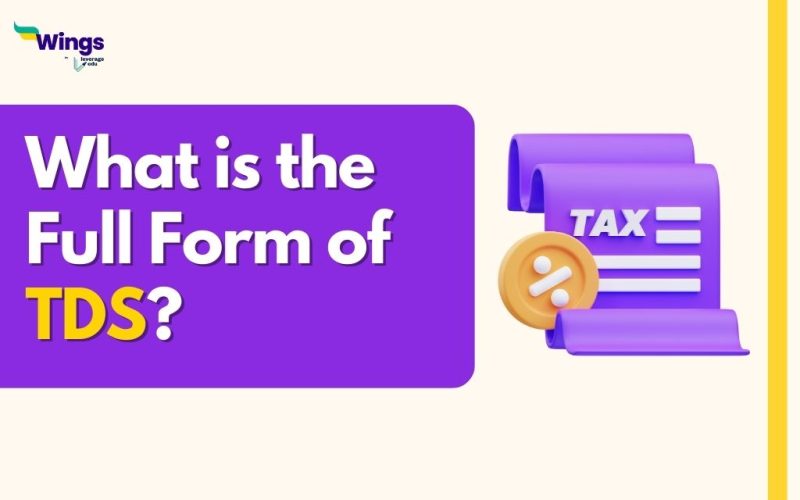TDS full form is Tax Deduction at Source. It is a direct taxation system that was introduced to deduct taxes at the income source. This tax is collected at the time of payout itself. According to this idea, when a person (referred to as the deductor) is required to make a payment of a specific nature to another person (referred to as the deductee), they must deduct the applicable tax amount from the payment and send it to the Central Government’s account. The deductee, whose income has been subject to tax deduction at the source, can claim the credit for the deducted amount by referring to either Form 26AS or the TDS certificate issued by the deductor.
Also Read: MSc Taxation
How to Pay TDS?
Table of Contents [show]
The tax amount deducted or collected at the source must be deposited to the Central Government’s credit using the following methods:
- Electronic mode: E-Payment is compulsory for:
a) All corporate assessments, and
b) All assesses (except companies) to whom the provisions of section 44AB of the Income Tax Act, 1961 apply.
- Physical Mode: By submitting Challan 281 at an authorised bank branch.
Also Read: Diploma in Taxation
What are TDS Rates?
The Indian Tax System includes approximately 20 to 25 sections that regulate various kinds of payments subject to Tax Deducted at Source. Below are some common types of payments that require TDS, along with the relevant sections and applicable TDS rates.
Here are key sections and TDS rates:
| Section | Rate | Payment Time |
| Section 192 | No fixed rate (Average rate is determined on the basis of the existing slab) | Income through Salary |
| Section 194 | 10% | Dividend under section 2(22) |
| Section 194 A | 10% | Income on interests (Except interest on securities) |
| Section 194 C | 1% for individuals and Hindu Undivided Families (HUF); 2% for others | Credit or payment to a resident contractor/sub-contractor |
| Section 194 D | 5% for individuals and HUF; 10% for others | Commission from Insurance |
| Section 194 G | 10% | Lottery ticket sales commission |
| Section 194 H | 5% | Brokerage or Commission |
| Section 194 I | 10% from land, building, and fixtures or furniture; 2% from equipment, machinery, or factory | Rental Income |
| Section 194 IA | 1% | Immovable property transfer (except the transfer of rural land) |
| Section 194 J | 10% | Fees to a director; Technical fees; Royalty |
| Section 194 LA | 10% | Acquisition of certain immovable property |
FAQs
What is the full form of TDS?
The full form of TDS is Tax Deducted at Source. It is a taxation system where tax is deducted from income at the source of payment.
How can I pay TDS?
TDS can be paid electronically or by submitting Challan 281 at an authorized bank branch. Electronic payment is mandatory for corporates and certain other assesses.
What are the common TDS rates?
TDS rates vary by payment type. For example, salary has no fixed rate, interest is 10%, and rental income is 10%. Rates differ based on the payment section and recipient type.
Related Blogs
We hope this blog has helped you understand the full form of TDS and everything related to it. If you want to know more, find the 300+ full forms list on our blog. In the world of short forms, you can rely on the Leverage edu page to know about more full forms like this! Connect with us, study abroad experts, to achieve your international dream today!
 One app for all your study abroad needs
One app for all your study abroad needs















 45,000+ students trusted us with their dreams. Take the first step today!
45,000+ students trusted us with their dreams. Take the first step today!
